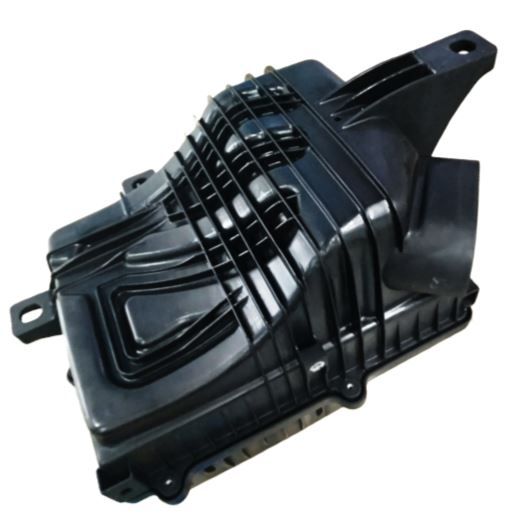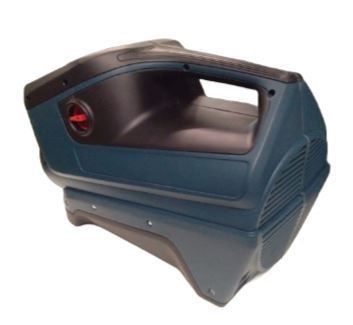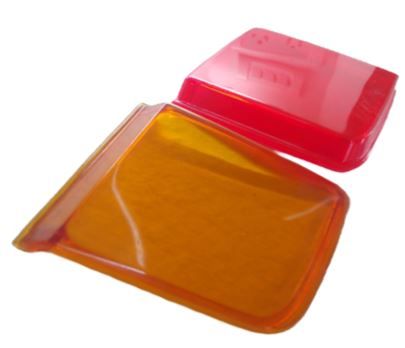Vacuum casting: precise prototypes and small series in perfection
Discover the efficient process flow
The vacuum casting process is a flexible and efficient method for producing high-quality plastic prototypes and small series.
The process begins with a master model, which is usually produced using 3D printing technologies such as stereolithography. In the vacuum casting process, this model is used to create precise and detailed replicas. Every component that is produced using vacuum casting goes through the following steps:





